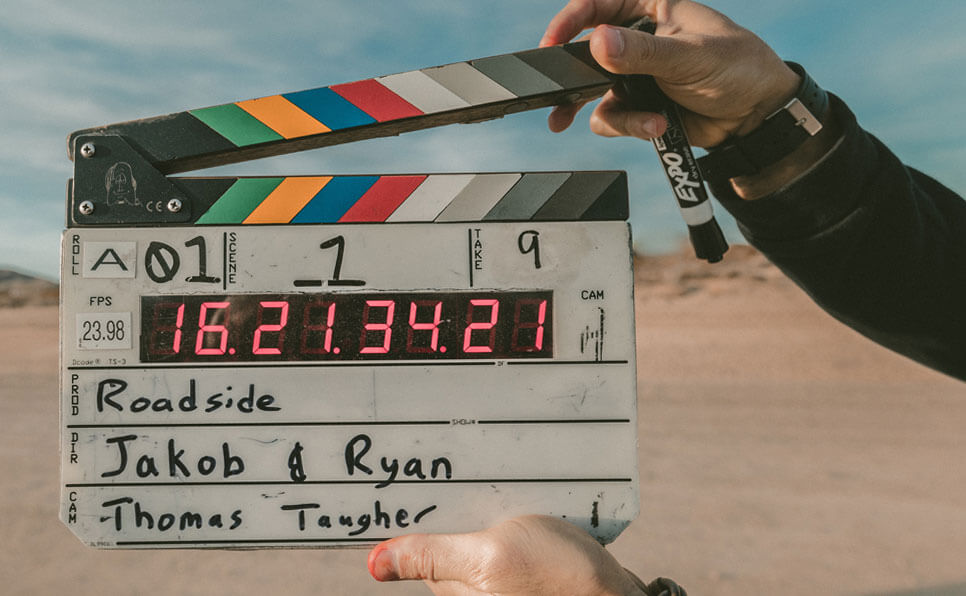Koala’s Playground: A Fascinating Journey into the World of Koalas and Their Natural Habitat 2024

In the heart of Australia’s diverse and lush landscapes, there exists a captivating place where the iconic koala thrives—Koala’s Playground. This enchanting locale is not just a haven for these cuddly marsupials but also a sanctuary where the natural world and its unique creatures come together in perfect harmony. Koalas, known for their adorable appearance and laid-back nature, have long been a symbol of Australia’s rich wildlife. Yet, the importance of Koala’s Playground goes beyond just being a place of refuge for these animals—it’s a vital piece of the puzzle in preserving one of the most beloved species on Earth.
In this article, we will delve into the essence of Koala’s Playground, exploring the natural beauty of the koala’s environment, the challenges they face in the wild, and the significance of this special place in conservation efforts. Whether you’re a nature enthusiast, a wildlife conservation advocate, or simply someone who has a soft spot for koalas, this article will take you on a journey to learn about Koala’s Playground in depth.
The Importance of Koala’s Playground in Wildlife Conservation
Koala’s Playground is more than just a scenic spot in the Australian landscape—it is a crucial site for the preservation of koalas. Over the years, habitat loss, disease, and climate change have taken a toll on the koala population. As one of Australia’s most iconic animals, the koala’s survival is at risk, and Koala’s Playground has become a focal point for conservation efforts.
The vast eucalyptus forests that make up the landscape of Koala’s Playground are essential to the survival of koalas. These forests not only provide food but also offer shelter and a safe environment where koalas can thrive. As urban expansion continues to encroach upon their habitats, areas like Koala’s Playground have become lifelines for these animals, helping to ensure their continued existence for future generations.

The Role of Eucalyptus Trees in Koala’s Playground
Eucalyptus trees are the heart and soul of Koala’s Playground. These towering trees provide the majority of the koala’s diet, and koalas are specially adapted to consume their leaves, which are toxic to many other animals. In Koala’s Playground, eucalyptus forests dominate the landscape, offering koalas an abundance of food and a place to climb and sleep.
The leaves of eucalyptus trees are rich in water and nutrients, making them an ideal food source for koalas, despite being low in calories. The koala’s digestive system has evolved to handle the tough, fibrous leaves, allowing them to extract the necessary nutrients while avoiding the toxins present in the foliage. Without the abundance of eucalyptus trees in Koala’s Playground, these marsupials would face a much more difficult time surviving.
The Unique Ecosystem of Koala’s Playground
The ecosystems within Koala’s Playground are carefully balanced, providing a rich environment for koalas and countless other species. While koalas are the stars of the show, the area is home to many other creatures that contribute to the ecological health of the region. Birds, reptiles, and smaller mammals also make their home in the dense foliage of eucalyptus trees, creating a diverse, thriving ecosystem.
Koala’s Playground serves as a perfect example of how interdependent species rely on each other for survival. The koalas’ presence in the area contributes to the health of the ecosystem by promoting the growth of eucalyptus trees and helping disperse seeds through their movement. In turn, these trees provide shelter for other species, creating a web of life that sustains the entire ecosystem.
The Adorable Koalas of Koala’s Playground
Of course, the primary attraction of Koala’s Playground is the koalas themselves. These tree-dwelling marsupials have become famous worldwide for their cute appearance, with their round faces, big ears, and fluffy bodies. Koalas spend most of their time in trees, moving from one eucalyptus branch to another, rarely coming down to the ground.
A typical day in Koala’s Playground sees these sleepy creatures dozing off in the crooks of eucalyptus trees for up to 18 hours, conserving their energy due to the low-calorie nature of their diet. Their slow and deliberate movements add to their charm, and their calm demeanor has made them one of the most beloved animals globally.
Koalas in Crisis: Why Koala’s Playground Matters More Than Ever
Despite their popularity, koalas face numerous threats in the wild, making places like Koala’s Playground crucial to their survival. Habitat loss due to deforestation, bushfires, and urban sprawl has caused the koala population to decline rapidly. In recent years, Australia has seen devastating wildfires that have ravaged large portions of koala habitat, including parts of Koala’s Playground.

The loss of these habitats has forced koalas into smaller, fragmented areas, which affects their ability to find food and mates. The koalas that live in Koala’s Playground are not immune to these threats, and continued conservation efforts are necessary to ensure that they have a safe place to call home.
Efforts to Protect Koala’s Playground
Efforts to protect and restore Koala’s Playground are ongoing, with conservation groups, government agencies, and local communities working together to preserve this precious environment. Habitat restoration is one of the primary focuses of these efforts, with large-scale tree planting initiatives aimed at expanding the eucalyptus forests that are so vital to the koalas’ survival.
In addition to habitat restoration, measures are also being taken to reduce the impact of human activities on koalas. This includes initiatives to create wildlife corridors that allow koalas to safely move between habitats and avoid dangerous roads and urban areas. These corridors help maintain the genetic diversity of the population and reduce the risk of inbreeding, which is essential for the long-term survival of the species.
The Threat of Disease to Koalas in Koala’s Playground
While habitat loss is a major threat to koalas, diseases like chlamydia and koala retrovirus (KoRV) also pose a significant risk. Chlamydia is a bacterial infection that affects a large percentage of the koala population, leading to blindness, infertility, and even death. KoRV is a retrovirus that suppresses the immune system and makes koalas more susceptible to other infections.
Both of these diseases have been found in the koalas living in Koala’s Playground, and research is ongoing to find ways to combat them. Conservationists are working to monitor the health of koalas in the area, providing medical care when necessary and exploring ways to reduce the spread of these diseases.
Koala’s Playground and Eco-Tourism: A Delicate Balance
Eco-tourism has become an important aspect of the conservation efforts in Koala’s Playground, offering visitors the opportunity to see koalas in their natural habitat while contributing to the protection of the area. Responsible eco-tourism is a way to raise awareness about the challenges koalas face and the importance of preserving their environment.
However, there is a delicate balance between tourism and conservation. It is essential that visitors respect the koalas and their habitat, avoiding disruptions that could harm the animals or the ecosystem. Guided tours and educational programs are often provided to ensure that visitors understand the importance of preserving Koala’s Playground and the role they can play in its protection.
The Role of Local Communities in Protecting Koala’s Playground
Local communities play a vital role in the protection of Koala’s Playground. Residents, landowners, and volunteers are actively involved in efforts to preserve koala habitats, reduce human-wildlife conflict, and raise awareness about the species’ plight. These communities are often the first line of defense against threats to koalas, whether it’s reporting illegal land clearing or caring for injured animals.
By working together, local communities can help ensure that Koala’s Playground remains a safe haven for koalas and other wildlife. Public outreach programs and education campaigns also play an important role in building support for conservation initiatives and encouraging people to take action in their own lives to protect these amazing creatures.

The Future of Koala’s Playground
The future of Koala’s Playground depends on continued efforts to address the challenges koalas face and ensure that their habitats are preserved. With the ongoing support of conservationists, local communities, and government agencies, there is hope that this special place will remain a sanctuary for koalas for generations to come.
The work being done to protect Koala’s Playground also extends beyond the borders of Australia. International awareness of the plight of koalas has grown in recent years, and more people around the world are becoming involved in supporting conservation efforts. The global attention on koalas can help generate the resources and political will needed to protect Koala’s Playground and other vital wildlife habitats across the globe.
Conclusion
Koala’s Playground is a magical place, not only for the koalas that call it home but for anyone who has the privilege of experiencing its beauty. As the koala population faces mounting challenges, the importance of this special place cannot be overstated. By understanding the vital role that Koala’s Playground plays in conservation and supporting efforts to protect it, we can all help ensure that future generations will be able to experience the wonder of koalas in the wild.
In the end, Koala’s Playground is more than just a location—it is a symbol of the fragile yet resilient relationship between humans and the natural world. With continued care and dedication, we can work together to protect this extraordinary place and the koalas that rely on it for survival.





